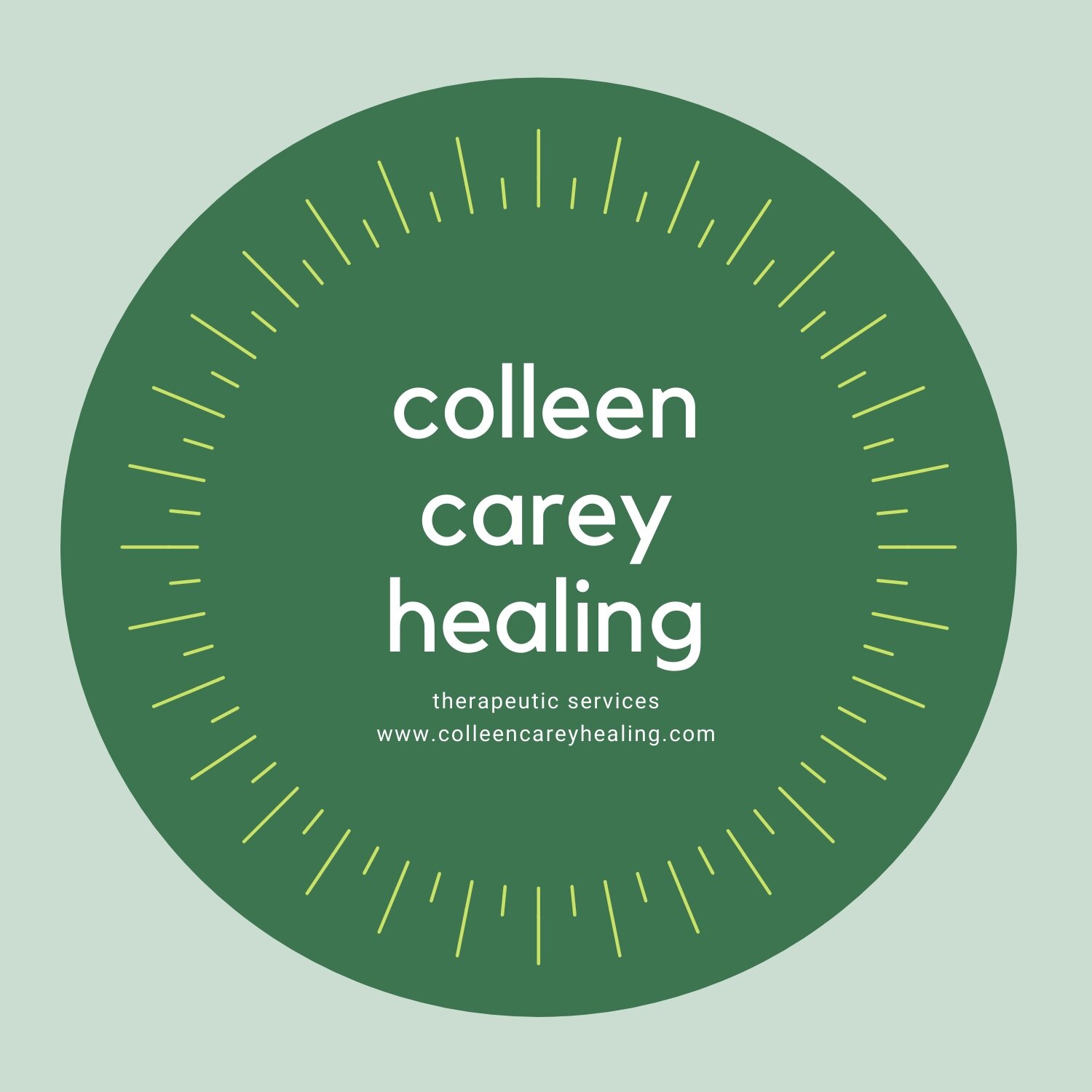The Nose Knows
Spring is amazing for many reasons, but pollen and allergens is not one of them. I’m seeing a lot of sniffly, congested people walking around, and sometimes I’m one of them. I love to be outside as much as possible, and when the pollen count is high, there are consequences. Do you ever notice that when you’re congested, your entire energetic system suffers? You feel depleted, sleepy, yet you don’t sleep soundly because you can’t breathe. You’re moving in slow motion. Your mouth is likely agape.
Our next topic in breath re-education is nasal breathing. The nose as we know it is really more of an awning for this giant cave inside our skulls that was designed to breathe in air. Trace the tip of your tongue from behind your top teeth as far back as you can go, to the start of the soft palate. You just covered the space that is the floor of your nose. Inside this space are turbinates that filter the air and cilia, small hairs that trap bacteria and waste before particles enter your lungs. The nose naturally humidifies air as you inhale, and it produces nitric oxide. Nitric oxide supports respiration by dilating the smooth muscle layer in the airway. An open airway means better breathing. When the nasal cavity is congested, it’s harder to breathe through your nose, and that’s when we switch to mouth breathing. Mouth breathing tends to dry out your mouth, throat, and airway, over time leading to inflammation, forward head posture, hunched shoulders, and vertical breathing.
During allergy season and all year, it’s a good idea to emphasize nasal breathing. To clear your nasal passages, try these things:
Gently exhale, plug the nose, hold breath for 30 seconds, rocking side to side for distraction. Repeat 6 times to decongest the nose.
Use a sinus rinse morning and night to clean the nasal cavity.
Try a nasal dilator or Breathe Right strips
If you have noticed you breathe through your mouth, tape your mouth closed with 3M Micropore Tape. Try it for 20-30 minutes at a time when you don’t need to talk. Tape it at night when you sleep, too.
Nasal breathing becomes easier and habitual as you practice it. The nose was designed to breathe, and the more we use it, the better it functions. Fun fact: humming increases the production of nitric oxide!
Photo credit: Buteyko Instructor Training Manual, 2021

